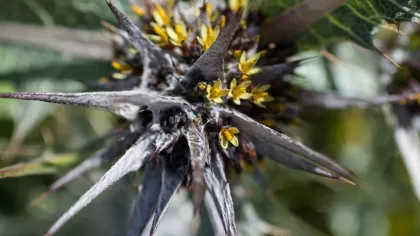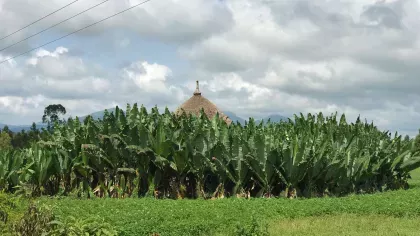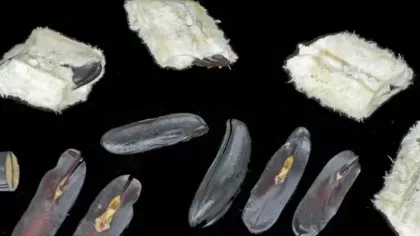3 July 2019
Assessing the ice cream bean
Kew's Plant Assessment Unit has recently completed assessing the extinction risk for Colombian Ingas.

Known as 'ice cream beans', trees belonging to the Inga genus are a familiar sight across Colombia.
They can often be found growing by roadsides, where the fruits are picked for their sweet fleshy pulp which tastes like vanilla ice cream.
Ingas are a group of around 300 species of trees and shrubs in the hugely diverse and useful Legume family, the same family to which beans, peas and peanuts belong.
As well as Colombia, Inga species occur throughout tropical America in a variety of habitats ranging from the oak-pine woodlands of southern Mexico, the lowland tropical rainforests of the Amazon basin, to the Andean montane cloud forests and the dry forests and savannas of the Brazilian Cerrado.
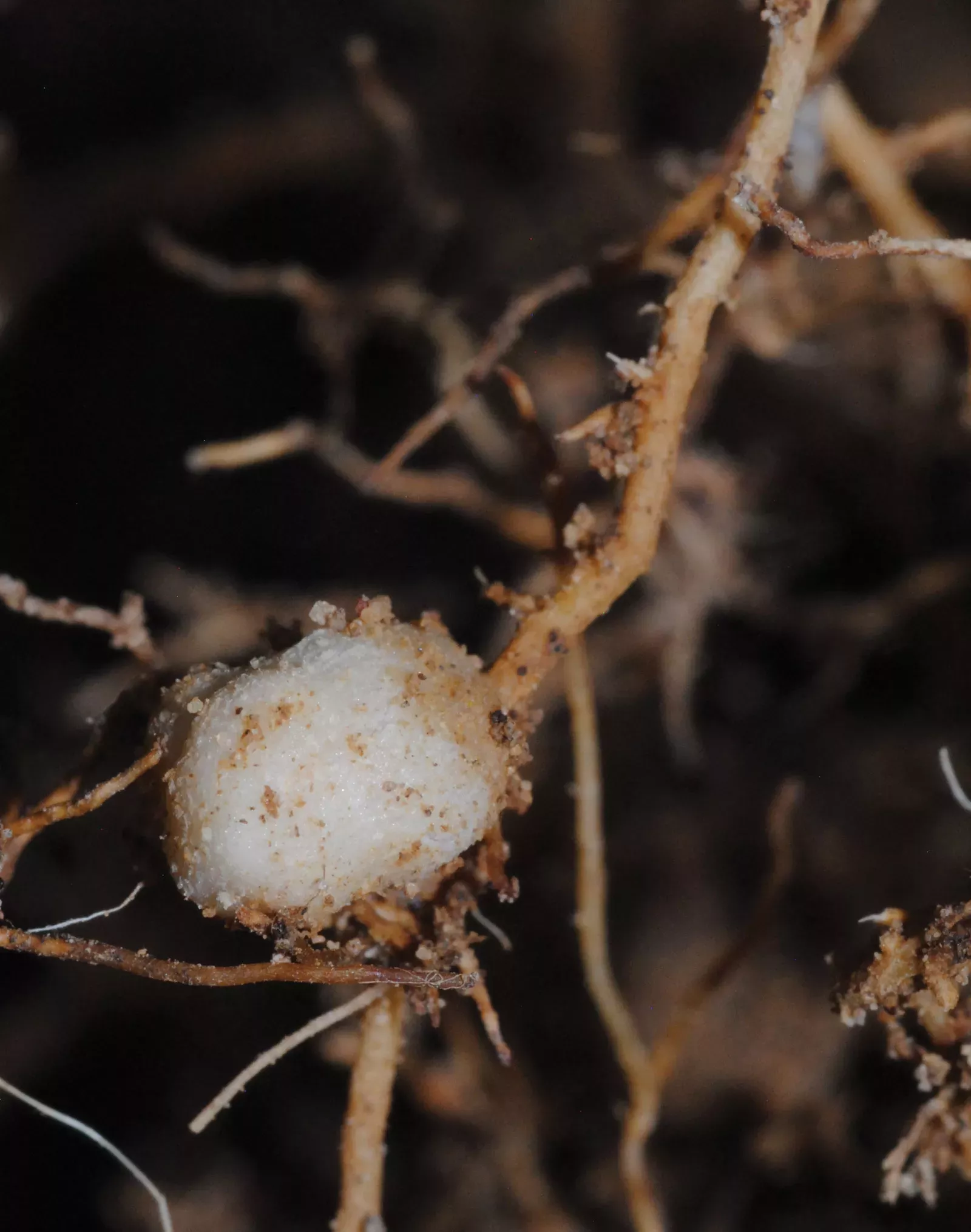
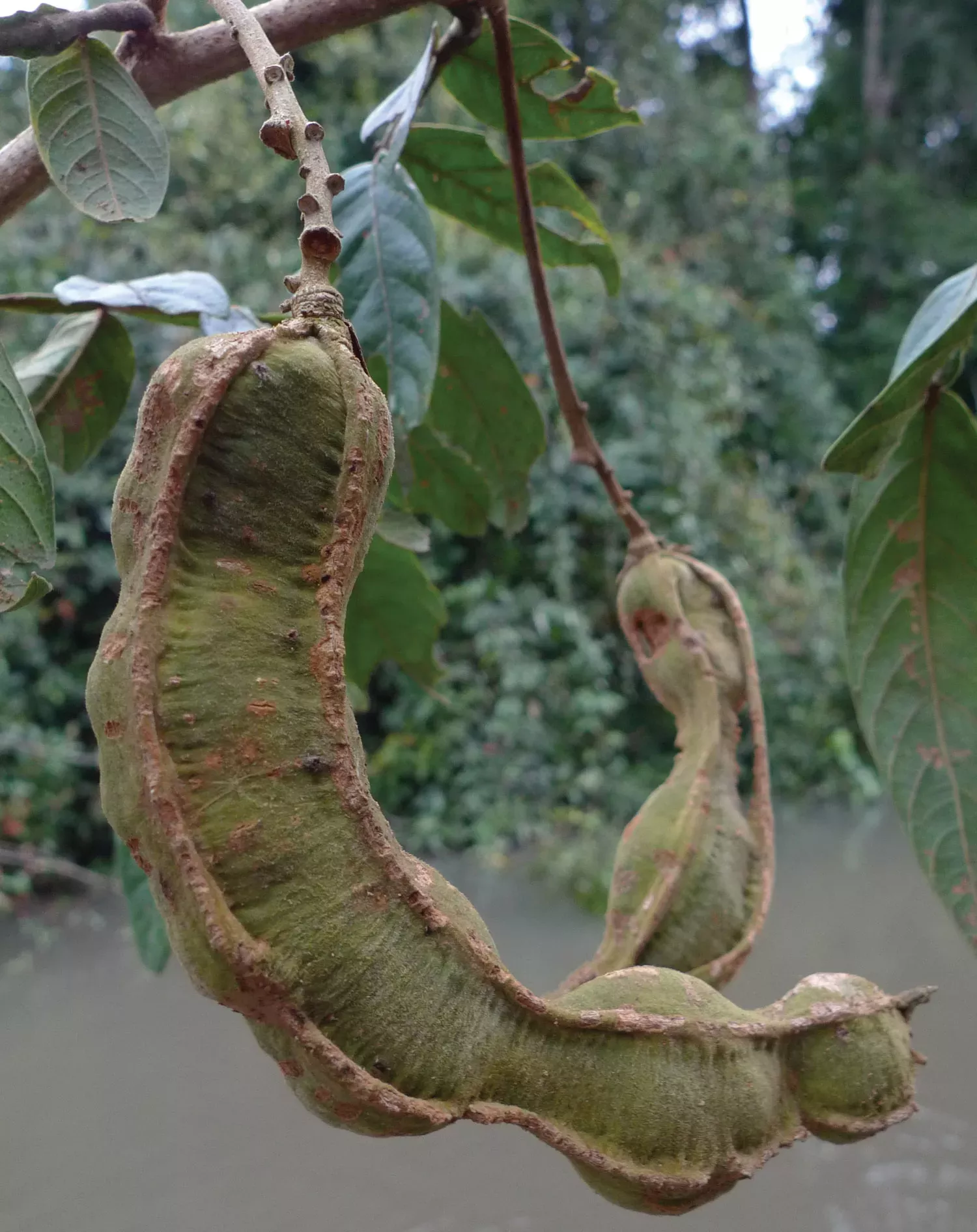
Food, fuel, medicines and construction material
Ingas have many uses, as food, fuel, construction material, in traditional medicine and also to provide shade on coffee plantations.
They also have potential to play a key role in the regeneration of degraded ecosystems.
As 'pioneer’ species, Ingas can grow quickly on the nutrient poor and acidic soils often found on abandoned crop and pasturelands, helped by special bacteria in their roots which turn atmospheric nitrogen into useable ammonia.
They produce large leafy canopies which fall and slowly turn to mulch, restoring nutrient cycling and replenishing the soil.
This helps restore the habitat, eventually allowing other species to return. Kew’s Forest Futures project has been testing this on abandoned slash-and-burn plots in the Bolivian Amazon, exploring the ability of Ingas to restore the fertility of the soil.
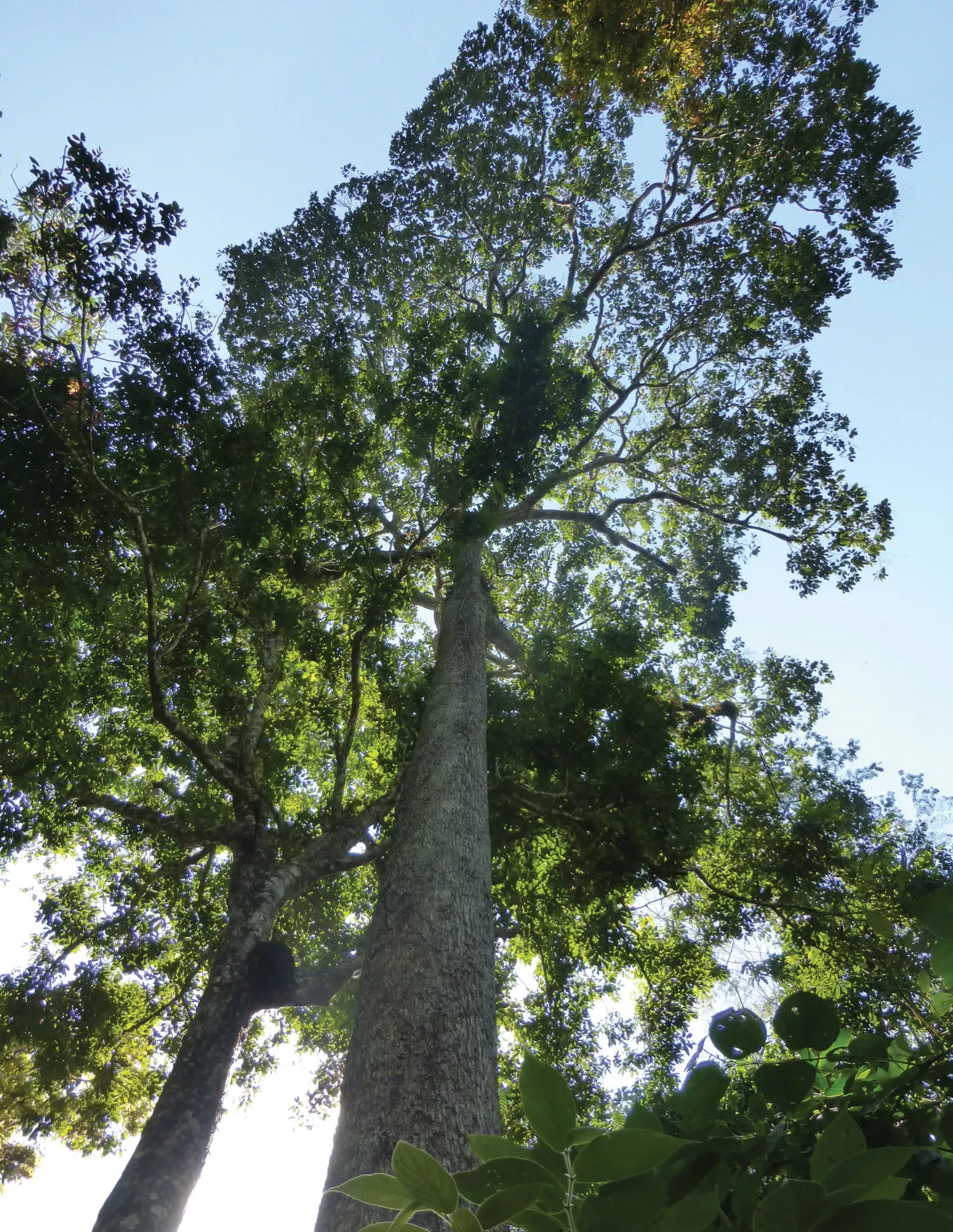
Assessing extinction risk
Kew's Plant Assessment Unit (PAU) set out to assess the extinction risk of all Ingas known to occur in Colombia as part of Kew’s ColPlantA (Colombian resources for Plants made Accessible) project.
Colombia is renowned for having the second-highest biodiversity in the world with over 24,000 vascular plant species, for which ColPlantA aims to provide a focal point for detailed information on all of these, via an authoritative, expert-driven and open-access online portal.
Our research into the extinction risk of Colombian Ingas revealed that 93 per cent (77 of 83 species) can be considered as Least Concern (not currently facing a high risk of extinction).
These species generally have wide distributions that extend far outside Colombia, and often grow in degraded and disturbed areas such as roadsides, pastures and secondary forests.
This isn't perhaps a surprising result for trees so well adapted to life in poor soils and exposed areas - conditions in which many other plants can’t survive.
Just six species were assigned to categories other than Least Concern. All are endemic to the Colombian Andes and have only been collected a handful of times.
Lack of collections can sometimes result in a species being categorised as Data Deficient, such as Inga goniocalyx, collected only once at an unknown locality in Colombia in the late 1700’s – not enough information for an assessment.
Further collections and research are needed in these cases, with new information potentially leading to a threatened category for a species when reassessed.
Two species were categorised as Near Threatened, meaning they were close to meeting the criteria required for a threatened category.
Finally, three Ingas were categorised as Endangered due to having very small ranges and all experiencing significant habitat loss.
For example, the Endangered Inga interfluminensis is known only from a small mountainous area in the densely populated Cauca Valley.
Here, its montane forest habitat has been severely deforested and fragmented for agriculture and cattle-grazing, with little protection of the remaining forest patches.
Along with the growing pressures from urbanisation and mining, this is a trend seen across much of the Neotropics, meaning most Ingas will have part of their range threatened by deforestation.
Whether it is the Atlantic Forests of Brazil, estimated to have lost over 85 per cent of its original vegetation, or the Tropical Andes which has lost around 75 per cent, the habitat available for plants is continuing to decline.
Whilst the near future looks promising for most Ingas in Colombia, the continued gathering of more data on their distribution and abundance, especially of the lesser known members of this genus, will be crucial for better understanding their conservation status.

